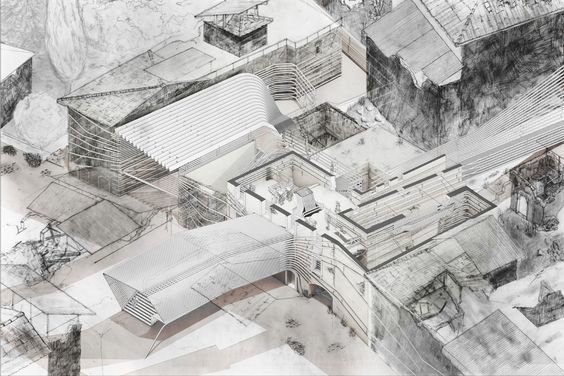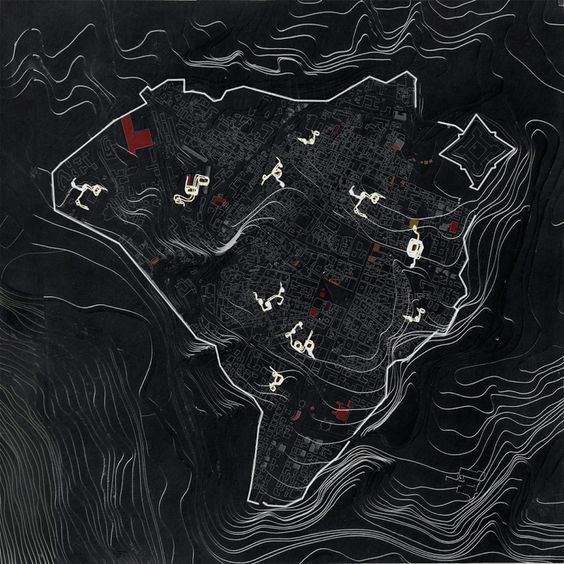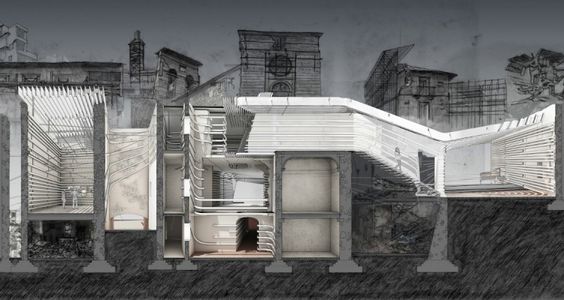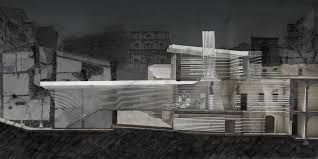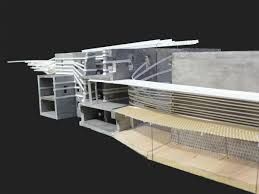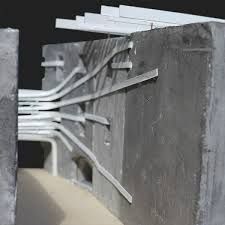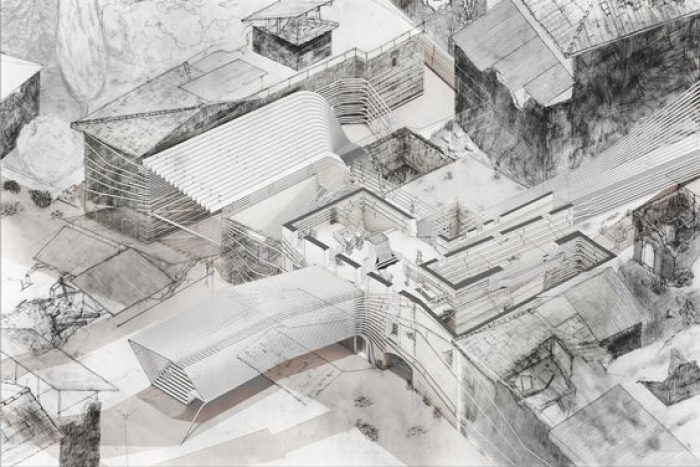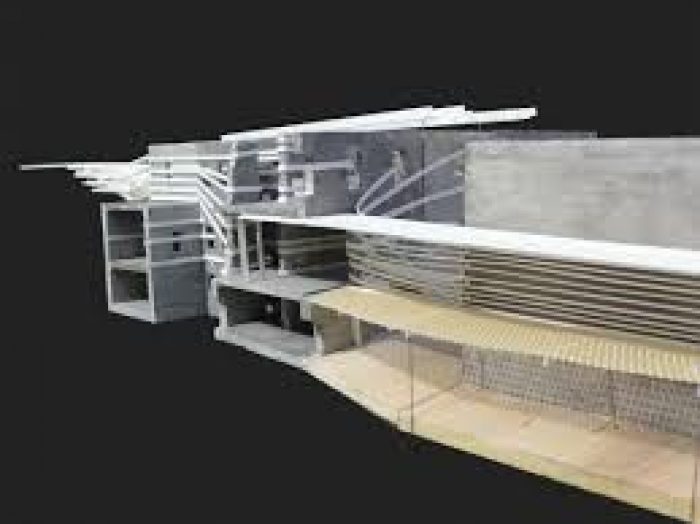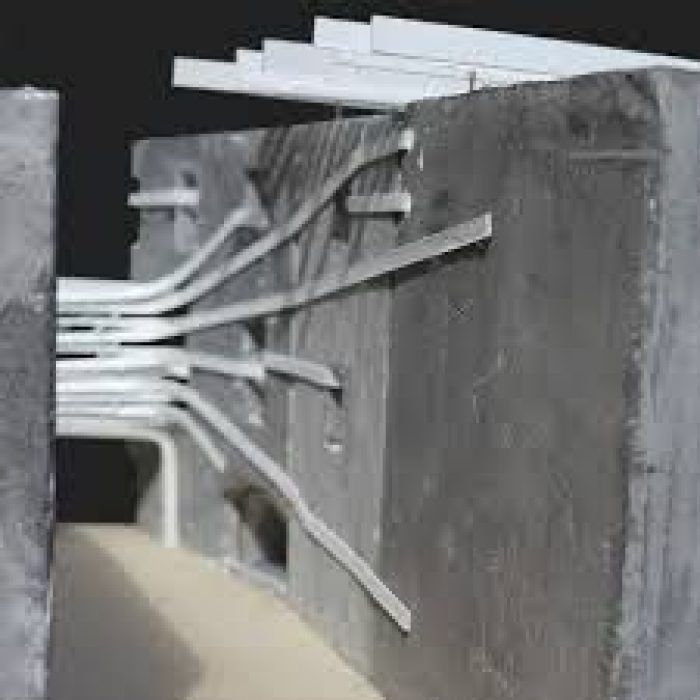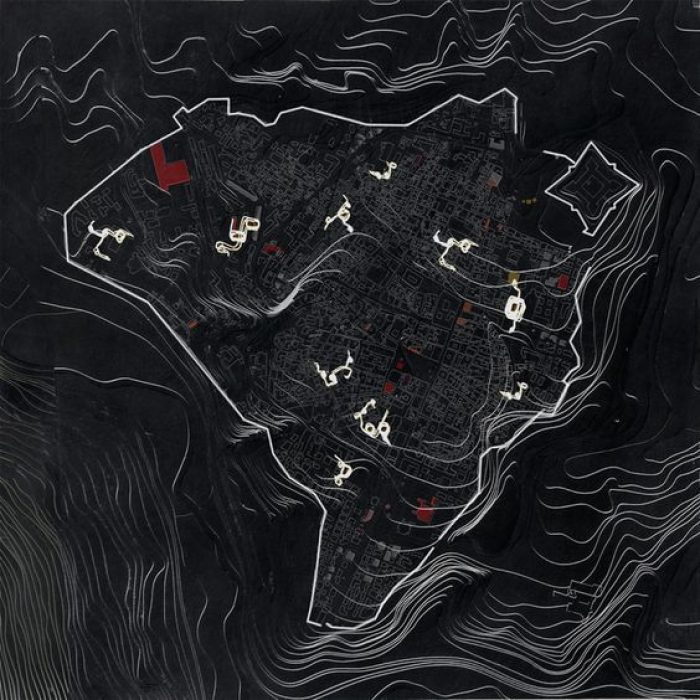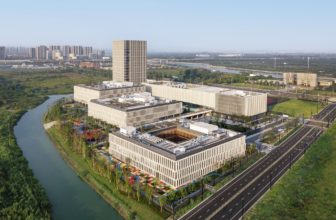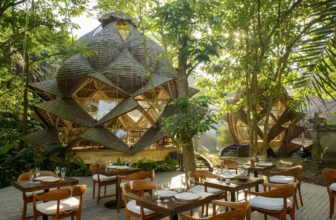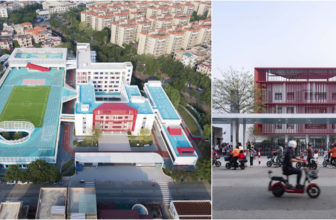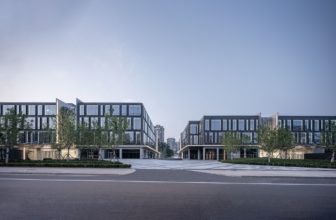“The scar is a mark of pride, and of honor, both for what has been lost and what has been gained.”
Lebbeus Woods
The city center of L’Aquila has been held hostage of corruption since an earthquake severely damaged the area in 2009. For the past five years the downtown has been militarized, fenced off, and mostly abandoned. Reconstruction has focused on creating new suburbs on fertile agricultural land. The “new towns,” as they are called, have further alienated the already troubled community by separating people and places, draining the energy of L’Aquila.
Because of criminal interests of few politicians, the downtown lies in a condition similar to that of April 2009. The scaffolding that was supposed to temporarily secure most of the buildings in the immediate aftermath, still denies public access, public space and public capital: rather than a temporary support it has become a crutch preventing the rehabilitation of the city. To re-inhabit the city, the current scaffolding needs to be eradicated.
Some have argued for reconstructing the city how it was, others for demolishing what is left and building from a tabula rasa. Both principles show a desire to return to a normalcy that is no longer possible and that hides the current destabilization. The earthquake and aftermath not only had personal psychological effects, but changed the social, political, and economic relationships. Furthermore, the city has been undergoing a crisis for the past two decades, and L’Aquila should seek for a new way of living that will give it a new energy. The reconstruction, thus, should acknowledge these changes, arise from the current condition, and create the spaces necessary for this new way of living.
A grass-root infrastructure based in communitarian effort will create spaces that are constantly accessible for creative production and personal empowerment and provide social grounds for a meaningful future growth. A network of shared facilities and equipment: a series of capillary entities that are interconnected as creative experimental businesses, research facilities and learning environments.
As the city gets rebuilt, these structures will become monuments to the earthquake and the mismanagement of the aftermath, and to the spirit of the people that took the fate of the city in their own hands.
For L’Aquila to thrive a new structural system controlled by the people has to subvert the current scaffolding.
I propose a network of non-intrusive weaving supports that reorganizes the urban fabric and social structure of the dilapidated downtown. This new organization will provide public access and public spaces within the off-limits boundaries of the downtown. Like smoke seeping through crevices the supporting bands subvert the current fabric of the city by creating a network of new passageways and social spaces that inverts the distinction between previous public and private spaces.
Project Credits :
Project name: L’Aquila Restructured
Student: Lorenzo Bertolotto
School: The Cooper Union
Adviser:Prof. David Turnbull
Arch2o has received this project from our readers in order to participate in the Students week 7 event, you may submit your own work for publication in the Students Week 8 by sending it to igraduate(at)arch2o.com
